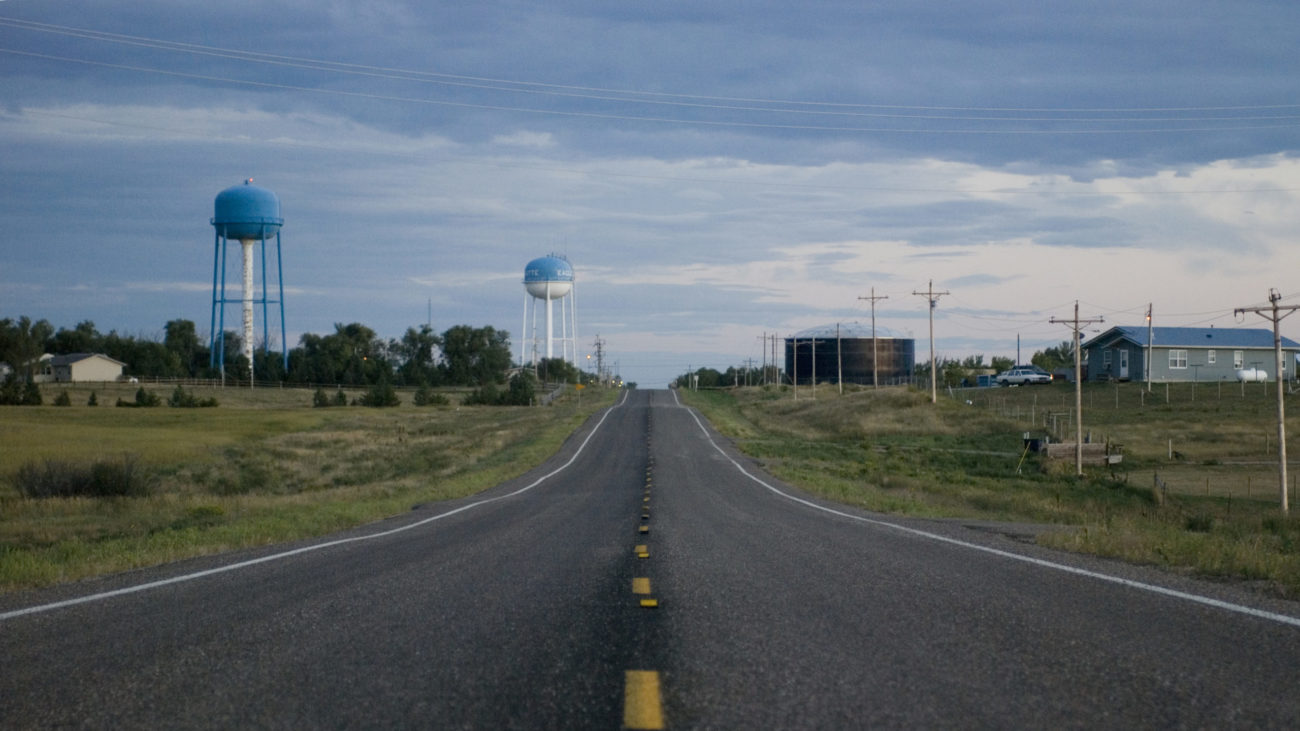Cheyenne River Reservation, South Dakota
Q&A: Cheyenne River Reservation, South Dakota
An interview with report editors Annie Coombs and Zoë Malliaros.
Read the report The Lakota Nation and the Legacy of American Colonization on South Dakota’s Cheyenne River Reservation.
When designers are asked to think about a community, the charge they are given is often focused on thinking about what new physical infrastructure or development is needed, or how specific buildings or spaces could be used. Based on your experience reporting on Cheyenne River, what do you think the usefulness or limitations are of using the lens of the built environment to think about overall community health and needs?
It’s important to step back and consider the history that led to the reservations themselves. Years of shrinking boundaries, land parcel allotments, and top-down development have led to a built environment that generally doesn’t reflect the culture or meet the needs of the community. This has been a driver of inequality and a detriment to health and well being. The issue of sovereignty must be at the forefront of the design process.
While we believe that community-driven design can play a critical role in addressing the community’s needs, remedying the failures of the built environment alone is not enough to address the complex legacies of colonialism.
What is the role of design—or of designers—in identifying and addressing the challenges of a community? What are its limits and opportunities? What is scalable? What needs collaboration?
Historically, design without community input and collaboration has been a repressive force. But with collaboration, design can be a powerful tool to help a community identify its needs and visualize possible futures. As designers, we can facilitate conversations across multiple disciplines and with local stakeholders in order to build the trust and understanding necessary for a meaningful project. Our tools are powerful and scalable, but projects must have roots in local culture and strong community leadership.
If you could set the agenda, what needs to happen next to make Cheyenne River flourish in the years to come?
One of the issues that has followed reservations from their creation is that outsiders have too often tried to set the agenda, when in reality, it needs to be set from within the community. More Native American representation in the federal government could pave the way for local autonomous investments in the built environment, economy, healthcare, education, and infrastructure.
As an editor, what did you learn about doing this type of work? How can you give voice to a community? What might design professionals learn from this project about working in communities not their own?
We learned that you cannot have enough humility when entering a community that is not your own. We can’t give anyone a voice. Perhaps the most striking thing we took from the process was to continuously rethink our words and ask ourselves, does this question come from a colonial mindset? It’s not enough to be supportive of native communities; we need to decolonize our mindset. That is a struggle we all face, and there is always room for growth and learning.
The views expressed here are those of the authors only and do not reflect the position of The Architectural League of New York.

